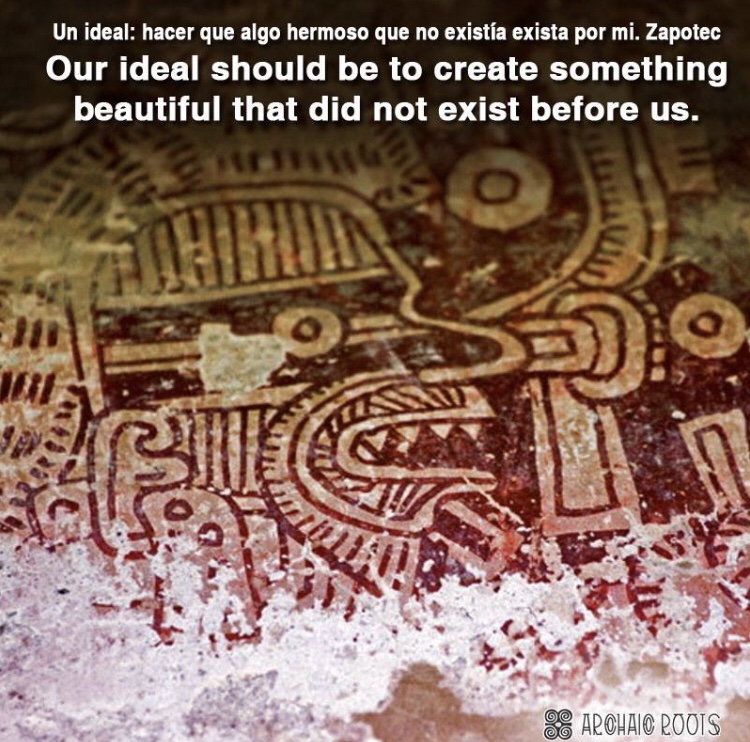
There is a sacred gift in the act of creating a spiritual tool that is hard to explain. It’s like holding sand, that magic is drifting and vague, but tangible during the moments of creation. Then that item you invested all that energy into, that beautiful and sacred being, wanders off into the distance to be honored by those who protect it. There is magic in that experience, and a great deal of learning involved in the process.
Ancient spiritual practices have called me since I was very young, learning about how the ancestors of the past viewed the world around them, and how they managed to create ways of connecting and knowing nature as family; whether that was an animal , mountain or celestial being. Youth brought on huge amounts of time swimming through pages learning all I could about exotic ancient cultures. Perspectives I felt connected to and I could almost remember those past lives, that I may have lived before or that my ancestors lived, it was hard to tell the difference to me. This education soon became practice as I entered my early adult years, my passion for indigenous cultures and spiritual perspectives, alongside my drive to expand my artistic skills slowly blended over the years.
The sacred objects (spiritual tools) of the ancients of the past drew me like the high tide toward the moon. This steady pull eventually lead me to making many types of spiritual tools, including instruments (which I can consider sacred and powerful in many ways). From pipes to drums and flutes; my fascination for an ever expanding knowledge of artistic media and ancient traditions, came together in a beautiful kaleidoscope of collective culture and functional art.
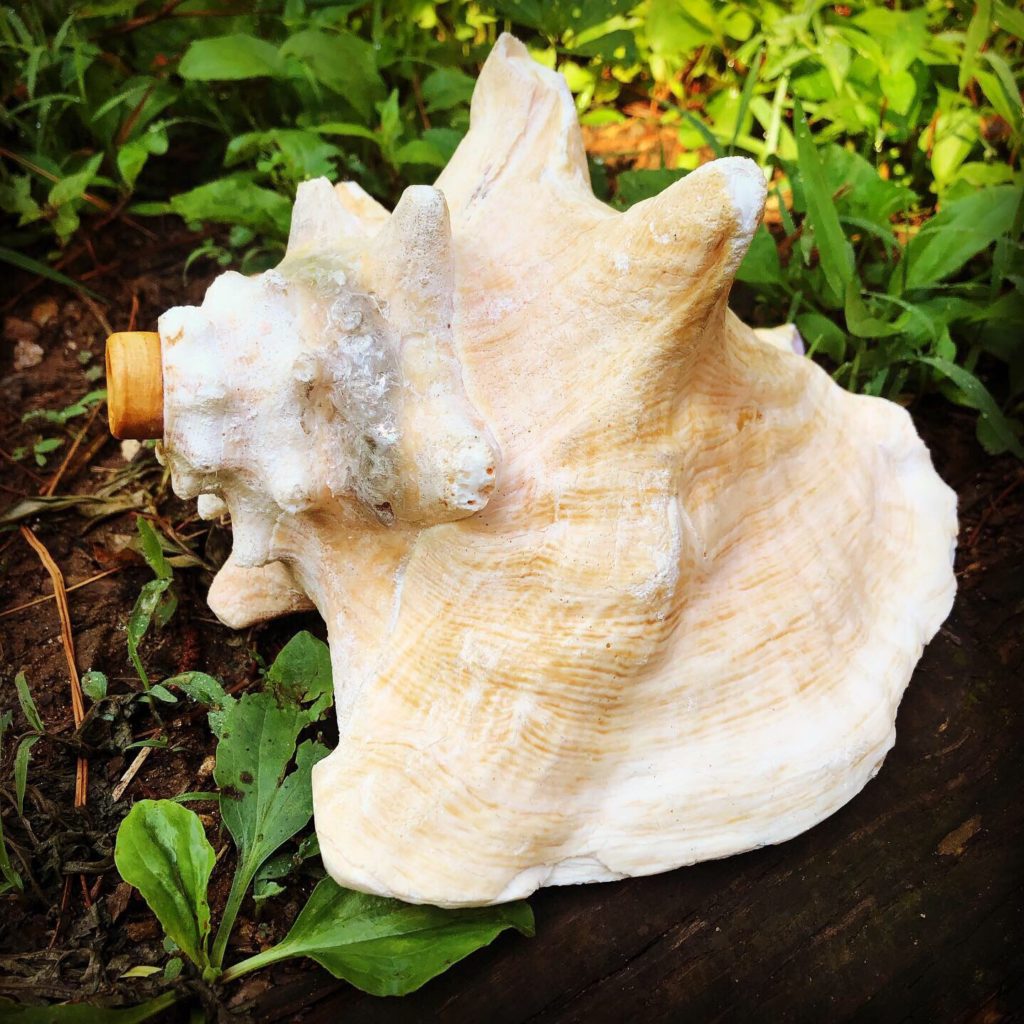
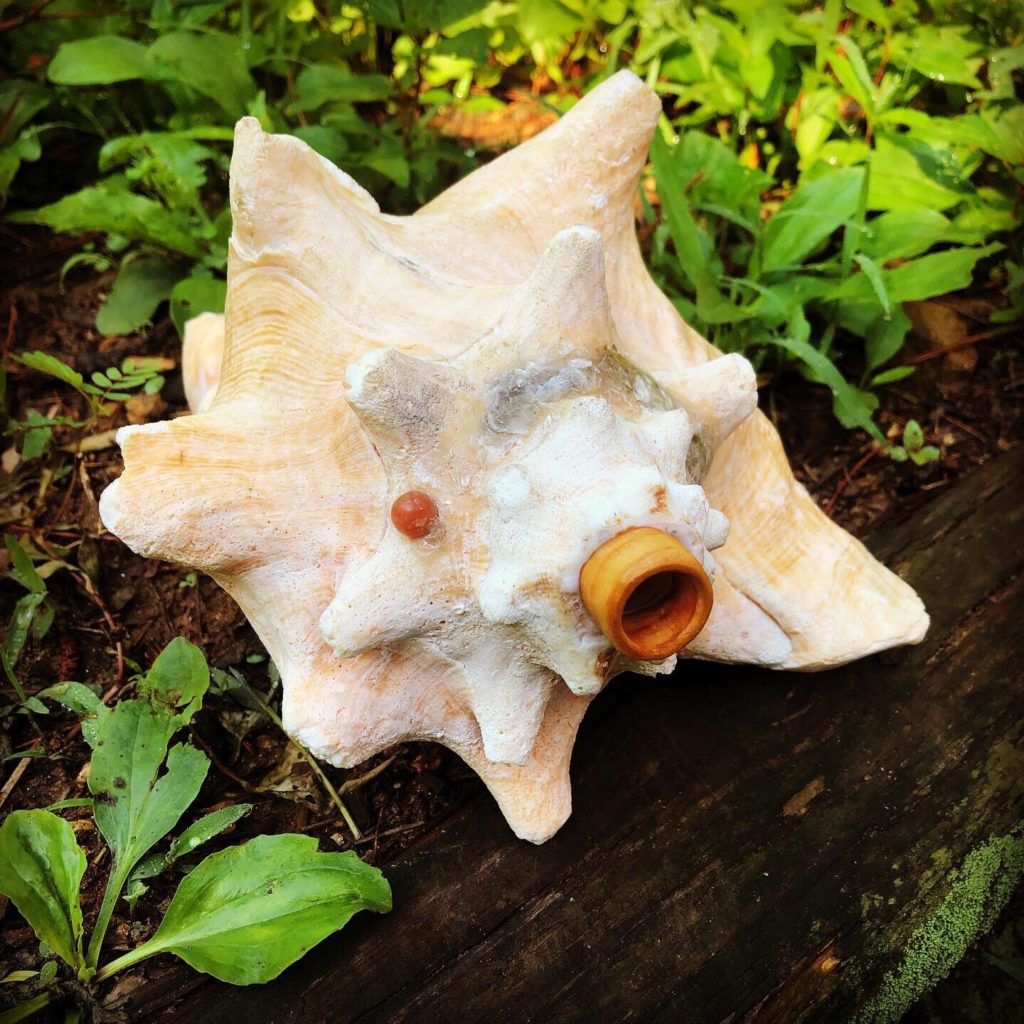
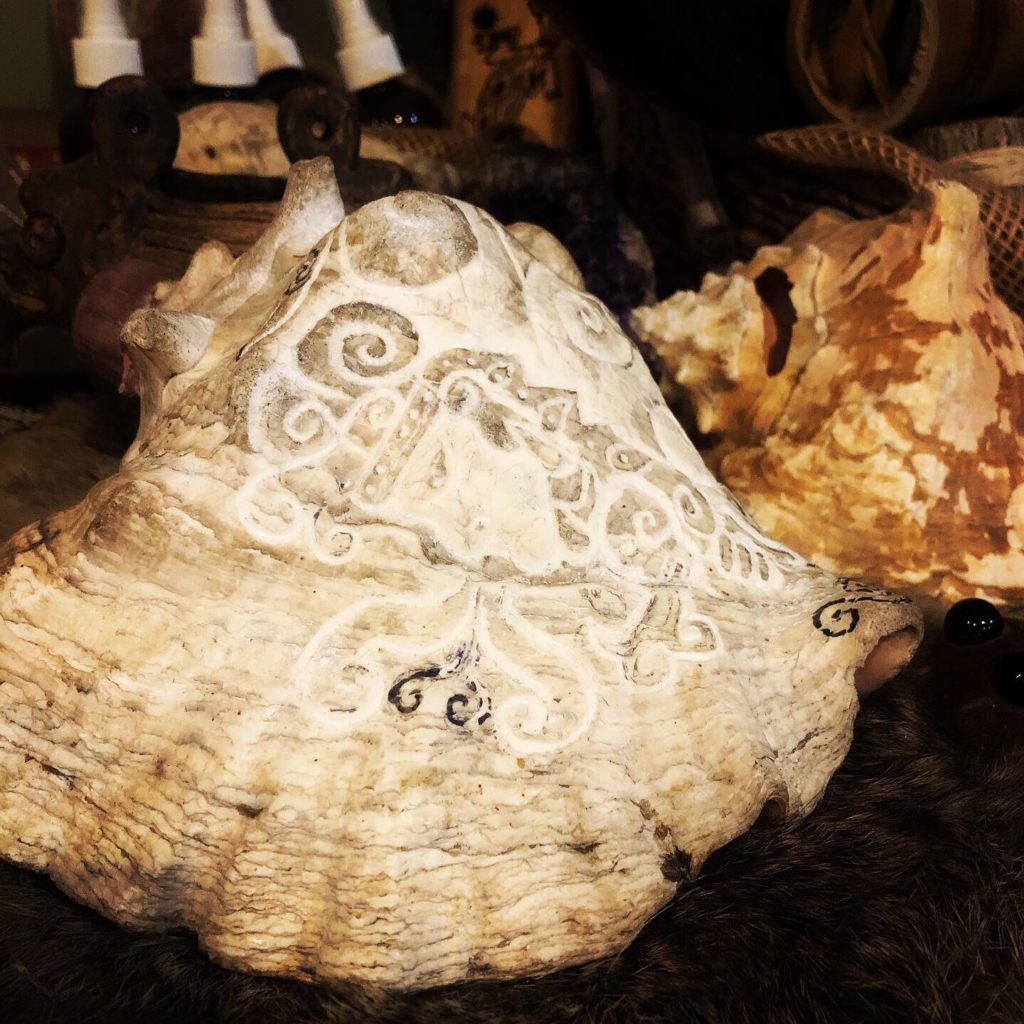
Thoughts on Appropriation, Replicas, and Respect
Appropriation has been a major factor in my work for most of my artistic life. I have always been adamant about providing honor to the functional art I make. It’s been like an ever growing snow ball rolling down a fog covered mountain, learning more and integrating that into my future work, building knowledge and perspective, while not being able to see what the future may hold down that proverbial cliff. As contemporary people living in the now, we must respect those who came before us, while also building upon their knowledge and artistic styles, without stealing from that culture. That is why I try to never make direct replicas of artifacts, though I am greatly influenced by those ancient artists and the fragments of their talents/gifts that have been found or studied.
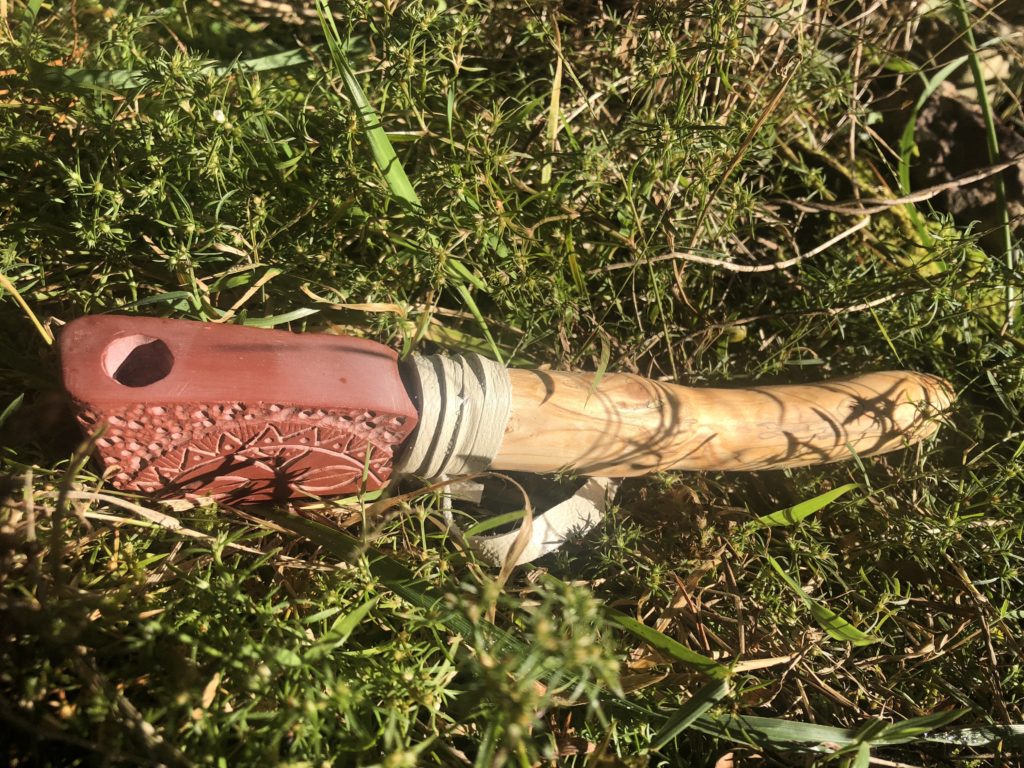
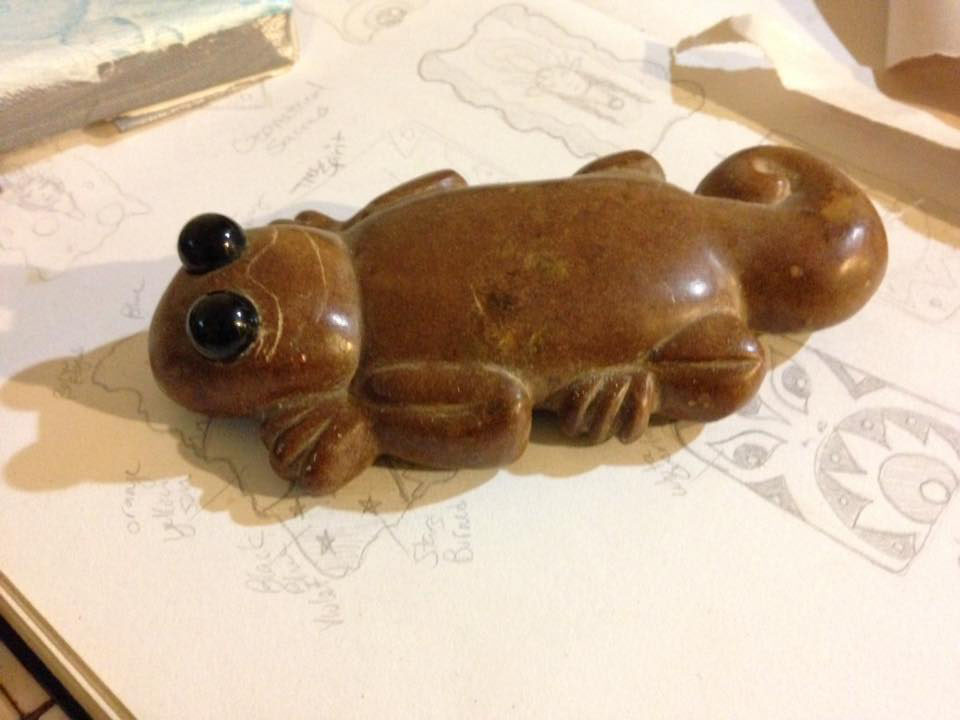
Of course making a tool such as a flute or drum is common, but directly copying an artifact is not something I am willing to work on (though I have no issue with those that do it with transparency). The foundational structure of any item can be replicated, but once you start trying to exactly duplicate an ancient item’s design and sell them as “artifacts”, I feel you steal from the past. There are exceptions such as those replicas used in museums or sold as replicas.
For example; many cultures made smoking pipes (the basic fundamental design is fairly cross-cultural, the elbow shape) but when you start to duplicate a specific design used by a specific culture (for example the plains First Nations tribes Čhaŋnúŋpa “chanupa” pipe style) then you steal from that culture and disrespect them (unless you are part of that culture). Many cultures made pipes, and some even made them with wood stems and other materials for the bowl like stone, but not many cultures made the “peace pipe” or Čhaŋnúŋpa (chanupa) style (pipestone bowl with long thin wood stem) many of us think of for a Native American pipe style. I have seen many of these for sale for display purposes, and for ceremonial use in the traditional culture, and have no problem with those if they are described as replica or display use during sale.
Now there are some great examples of contemporary artists who respect ancestral art work and artifacts, while also building markets for their work commercially. These artist usually (but not always) choose to create a new style of work based on the older designs.
Even today, you can search major online sellers such as Amazon, and see many products that directly steal from indigenous cultures with exact designs, which I don’t agree with. Making something commercially usually brings up issues with that type of cultural theft, since it’s so easy to take an ancient pottery design and slap it on a coffee cup and call it “native” or tribal, especially a historical culture with no one to defend them.
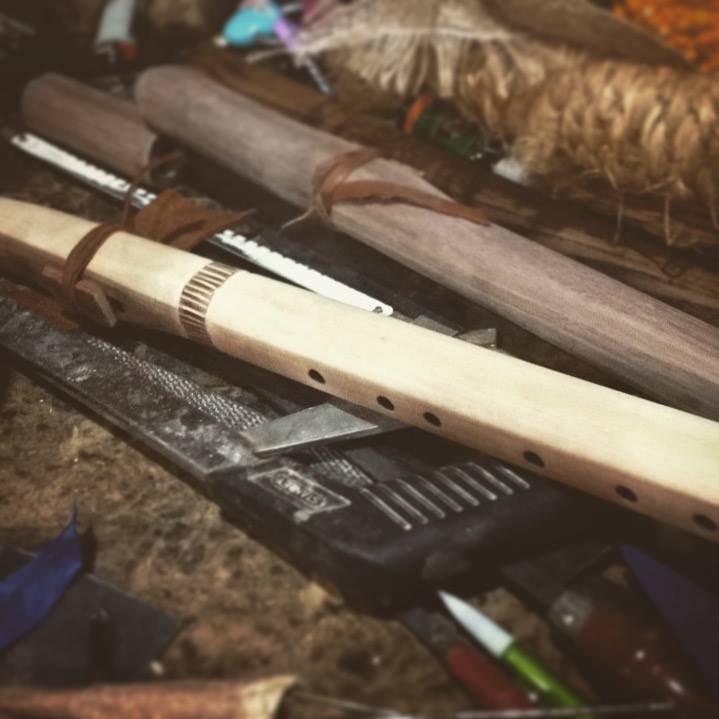
Another example would be the Native American style flute (duct flute), which Precolumbian cultures have been making for at least 3,000 years (end blown flutes have been made for much longer). I have been making flutes since 2015, and the usual duct flute characteristics are consistent, but I have never duplicated another flute, whether ancient or contemporary. I may utilize the design principals of the duct flute, but the final aesthetic designs are my own and unique. This concept of respect for other creators is common for artists, but should be highly important to those who may sacred tools and instruments. At least this is my perspective on the subject.
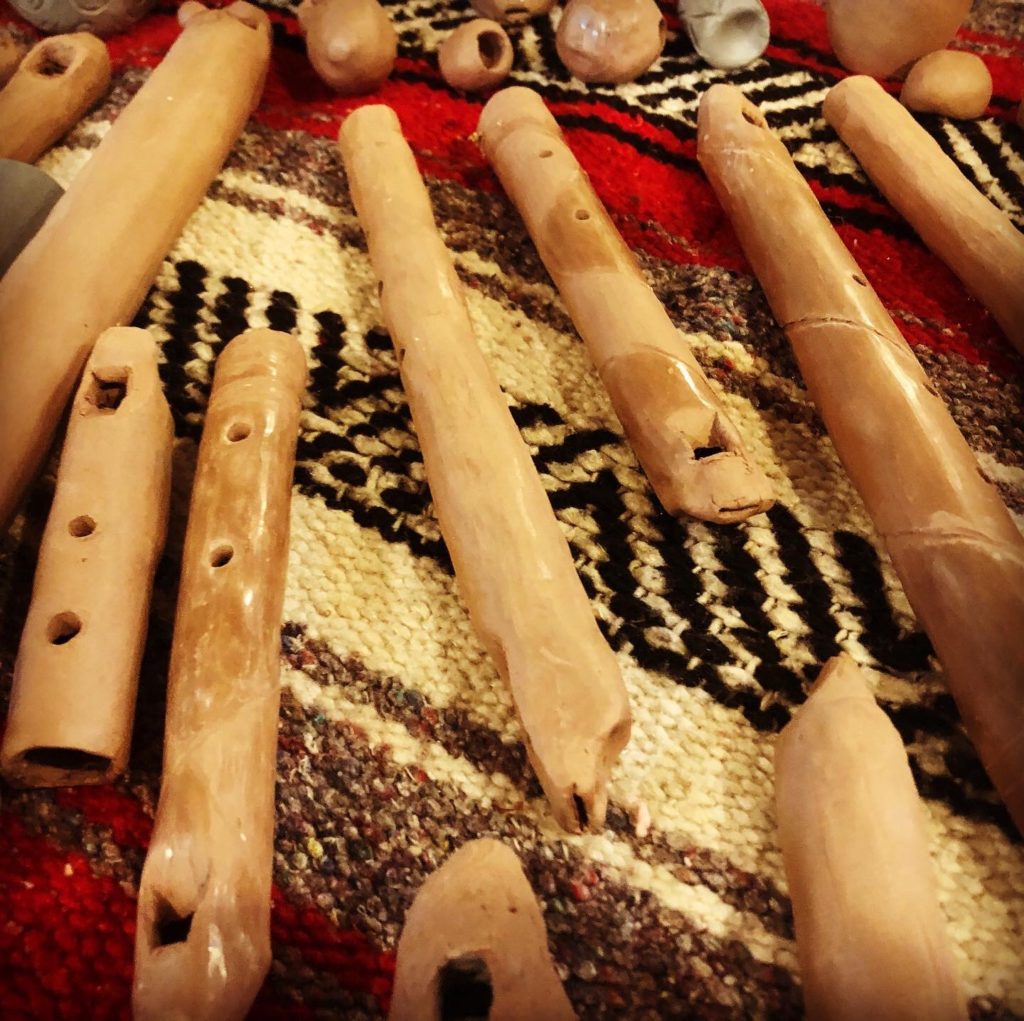
Now if you’re in the business of creating replicas for display purpose, there is nothing wrong with that, but creating spiritual tools as exact replicas (without dating and crediting yourself or selling that item as an artifact) seems disrespectful to me, unless it’s made to honor the culture. We are here in a new time, and therefor should have contemporary designs based on past work, but not directly copying it. This is just my personal opinion, and in no way represents anyone else’s perspective. Using symbols or imagery from a culture that isn’t yours, or that of your ancestors, can be a tricky space, especially when you factor in profit making.
I have seen many artists duplicate ancient artifacts, some of these artists are very talented and I admire their work very much. These duplicates are usually used for display or education, and very few have any spiritual value. It can be viewed as an honor to wear a necklace with replicas of artifacts, and I hold no one to my own standards. I just perceive the profit from artifact replicas could be perceived as theft from the culture, especially if those profiting are not from that culture. There are also other examples that include ceremonial regalia designs being duplicated, that are acceptable for me, since these regalia related items are copied for specific spiritual reasons and not for profit, usually to honor the ancestors ancient traditions.

There is a bone carver known for his Maori influenced designs. This man was one of the only carvers in New Zealand in the 1960’s who was selling this type of art. He is well respected in the Maori culture because of his work and the way he knows and respects the cultural symbolism ingrained in most of his work. Though he isn’t of that culture, his passion for that culture helped him earn the respect of people who could be saying that his work is appropriation. This is another example where this subject can be strange. You must keep in mind though, most of this bone carvers work can’t be considered replicas, but new perspectives on traditional Maori carvings, even though he may make replicas on commission.
Online there is a huge market for fake artifacts, and many artifacts sold on well known websites such as ebay can be fakes. These “artifacts” usually have all the required documents to look real, but they are not. Then there are also real stolen artifacts with fake documents sold online. Both of these types of fraud items have negative effects on the future of archeology. If an item is sold as real and is fake, that can hurt the study of real artifacts and confuse the public. If an item with stolen and then sold as a collectible, that has negative effects from the place it was stolen from (museum or private collection) and also effect future studies. That is why I think those who make or sell replicas must describe it as a replica when being sold.
The Process
My process for creating spiritual tools usually integrates my own reverence for the sacred designation of these objects. From the rough sketches of ideas and research, to the consideration of the materials and tools used to create the final pieces, each an integral aspect of creating such important items.
Initially, I always start off with research into the item; uses, origin/origins, and designs. During that research process, I usually start the sketching portion of the process. During which, the importance of uniqueness and creating something new is always on my mind. Many clients send their ideas, which can include imagery of artifacts; I always stress my inability to directly copy the images sent, but also educate on the importance of giving things a unique style.
Each project is always different, and I never replicate any design I’ve used for a commission sacred tool.
Once the research and initial concept sketching is completed we move over to material sourcing. Sometimes I have the materials in my workshop already, since I may have used the same wood or stone in another project, other times I must source the materials via personal gathering/harvesting or finding and purchasing from a retailer. I prefer to gather materials locally if possible.
The gallery below has a visual journey of the creation process of a commissioned sacred prayer pipe made in Taino style for traditional uses. The client gave me some directions such as Taino style, with certain symbols in green stone, they wanted a wooden stem but I advised them about how the Taino style pipes didn’t use wood stems. I then proceeded to research and make many sketches of various ideas I had, focusing on one and refining it to size. Then I sourced a certain stone from a trusted seller of soapstone, and began the carving process. During this process I made sure to ask the stone and my ancestors for guidance and blessing on this project. The images show the carving and polishing process of the final sacred tool.
Final Thoughts
Overall, I take a lot of pride in my work, and choose to research and invest many hours into each project I take on. Not everyone may agree with my perspective on making sacred tools, and why I disagree with duplicating artifacts for spiritual use. This is how I prefer to hold space and honor those great artisans before me, and the ancestors of all of us. In the future my perspective on some of the subjects mentioned earlier may change, feel free to comment and discuss if you want.
If you’re interested in commissioning a sacred tool, feel free to reach out to me. I would love to discuss your ideas, and hopefully help to create you a unique sacred tool worthy of becoming a family heirloom for future generations. Thanks for reading and I would love to learn more about your thoughts on the subject if you would like to share.

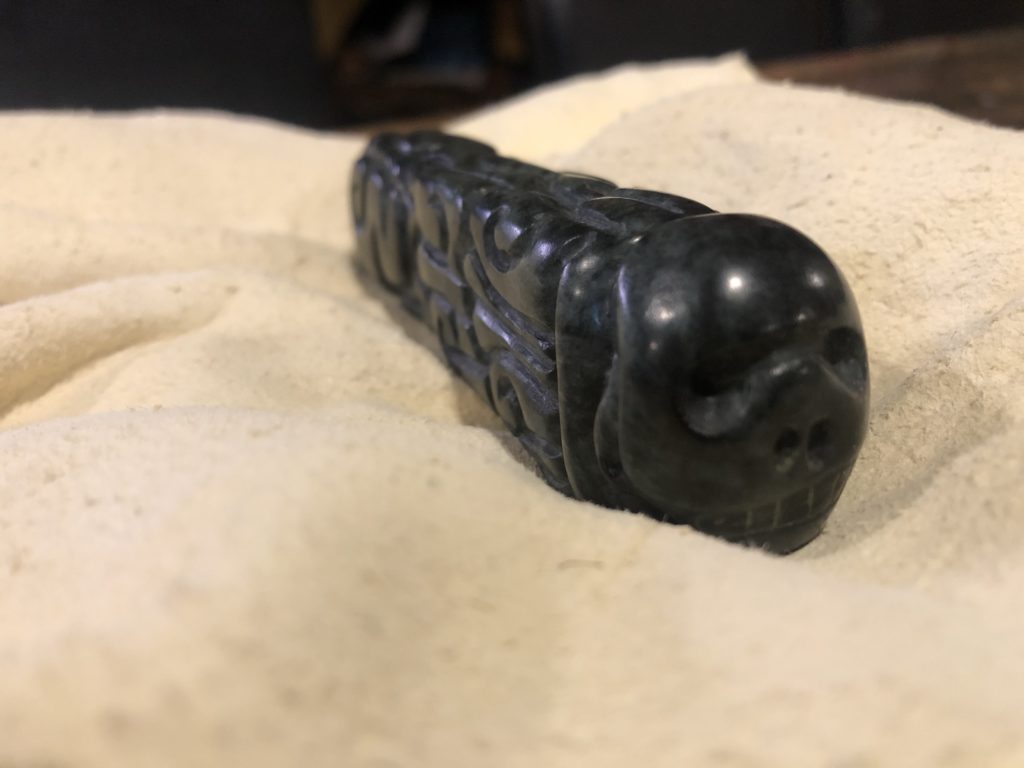
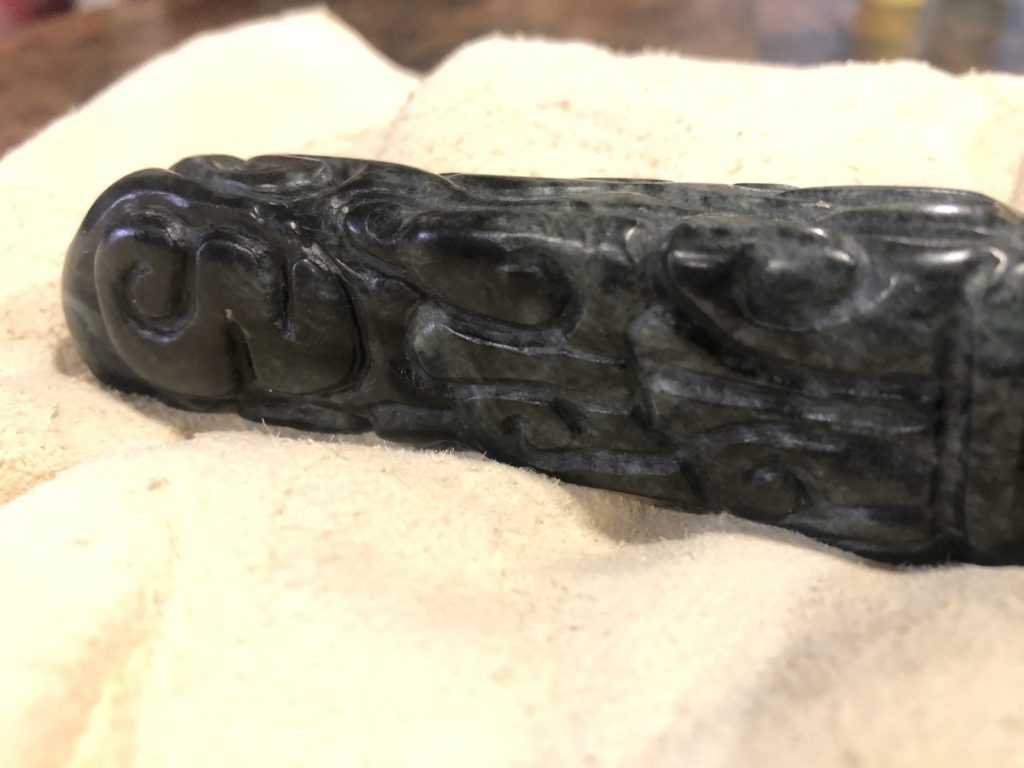
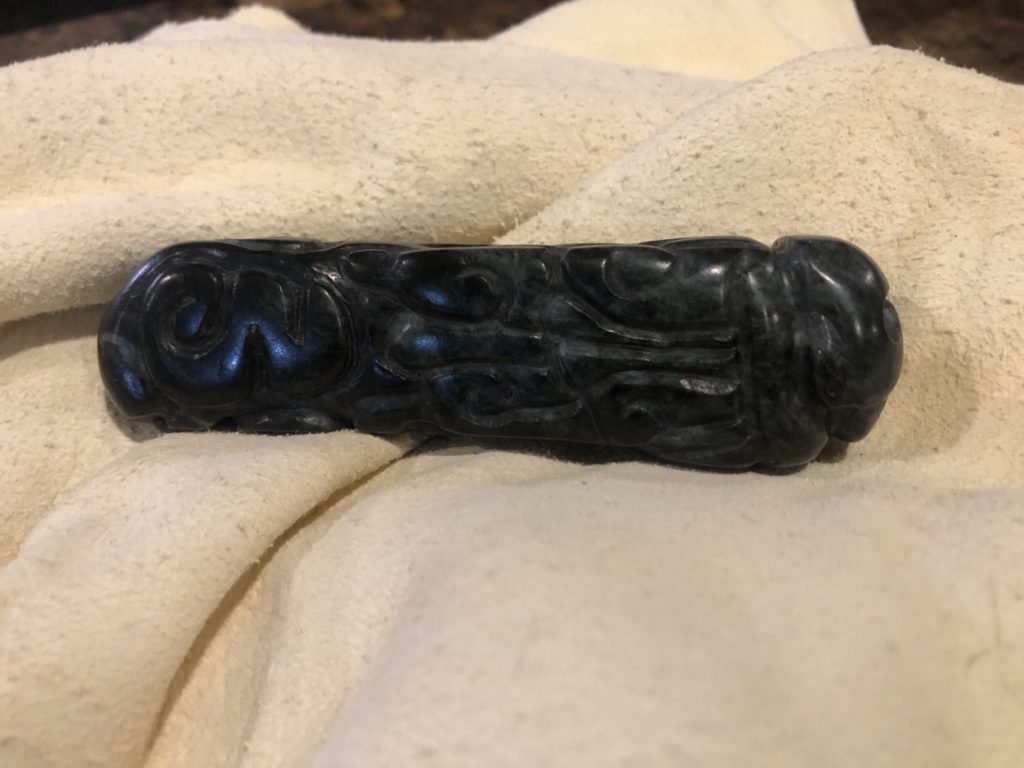
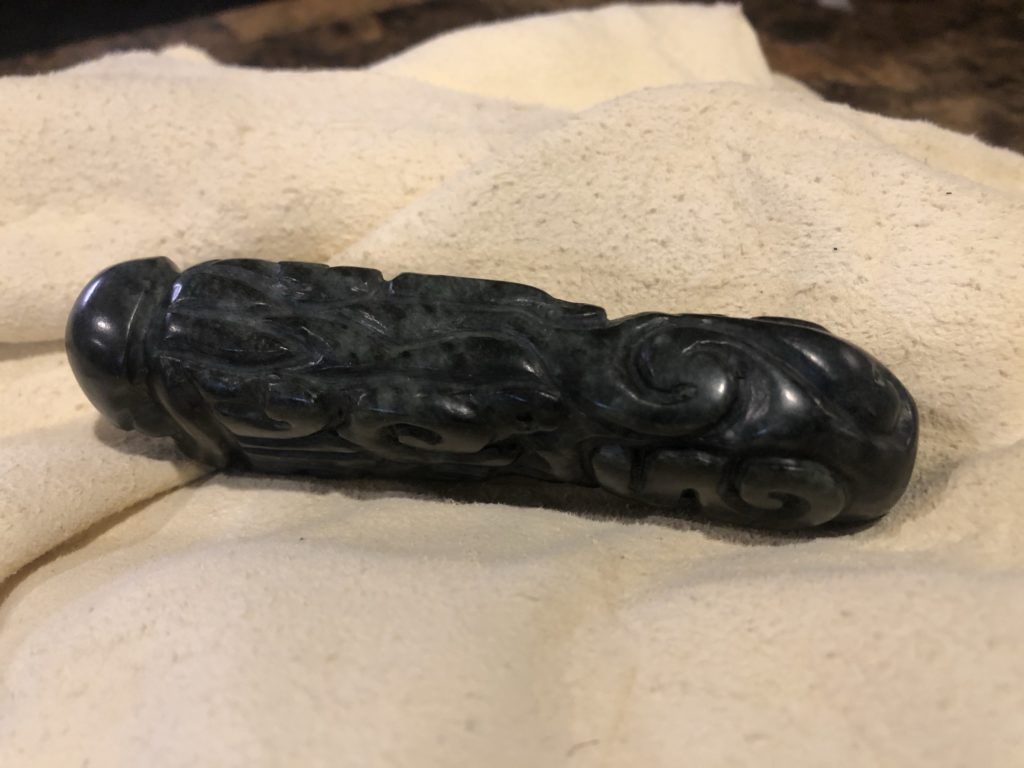
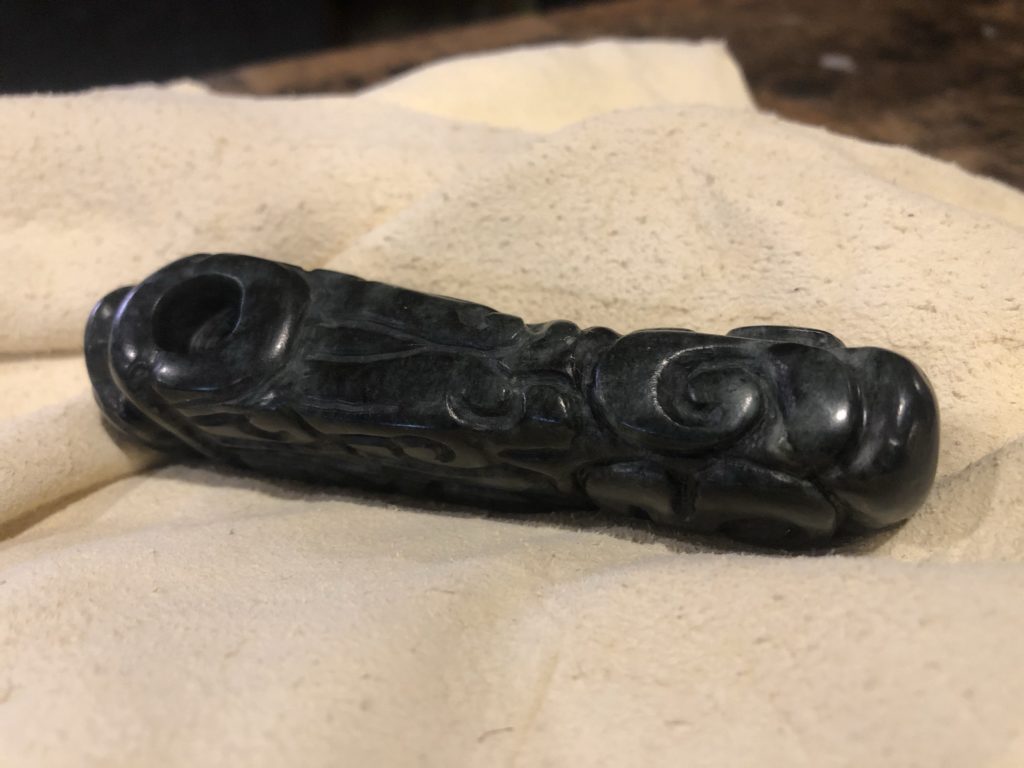
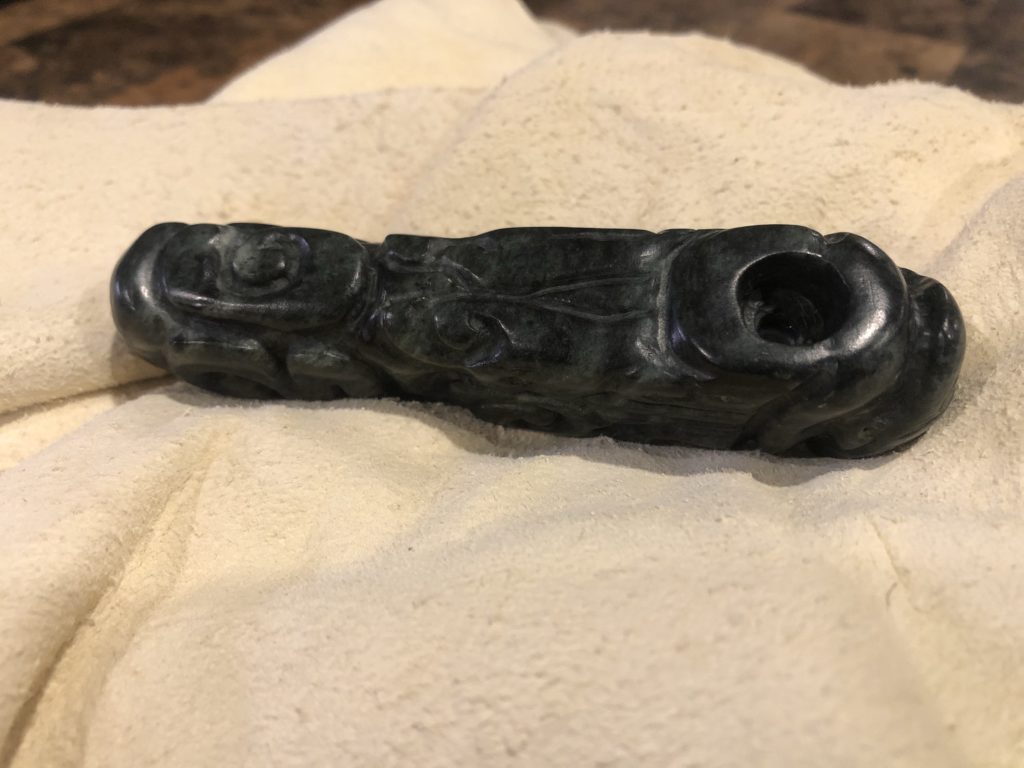
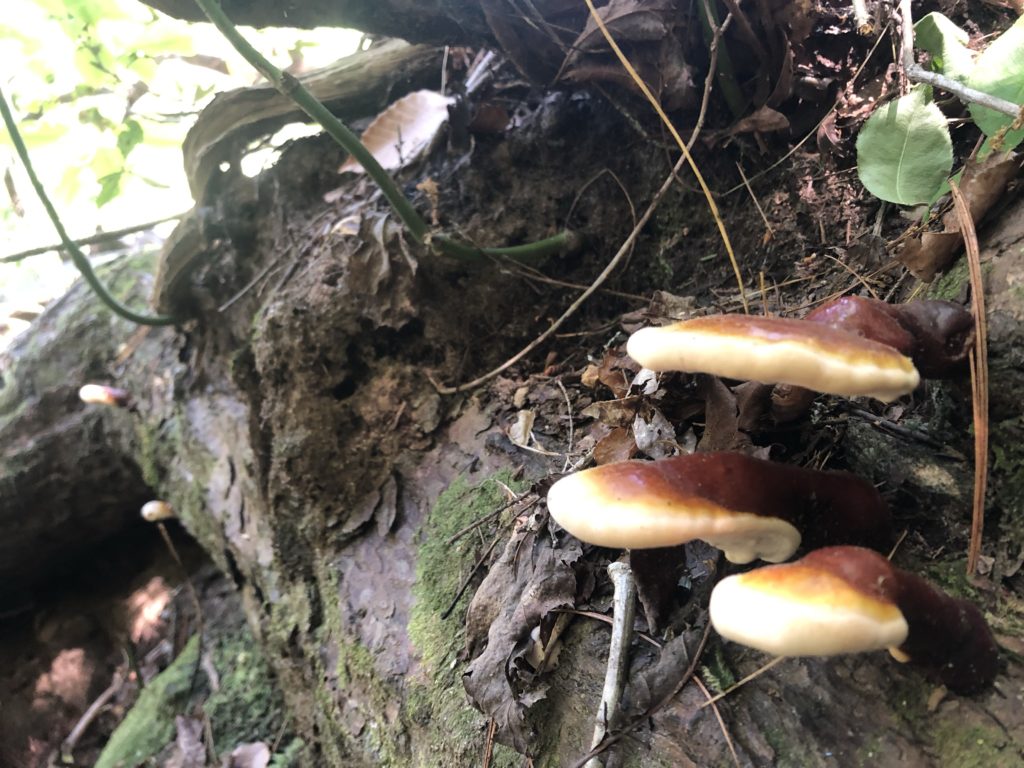
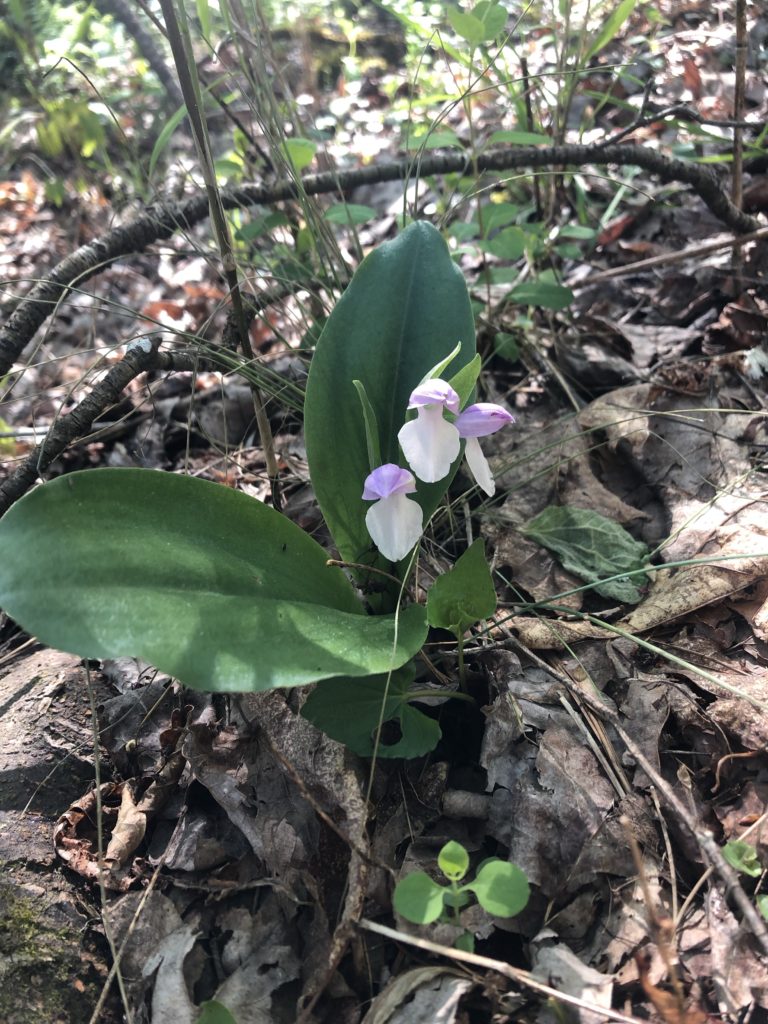
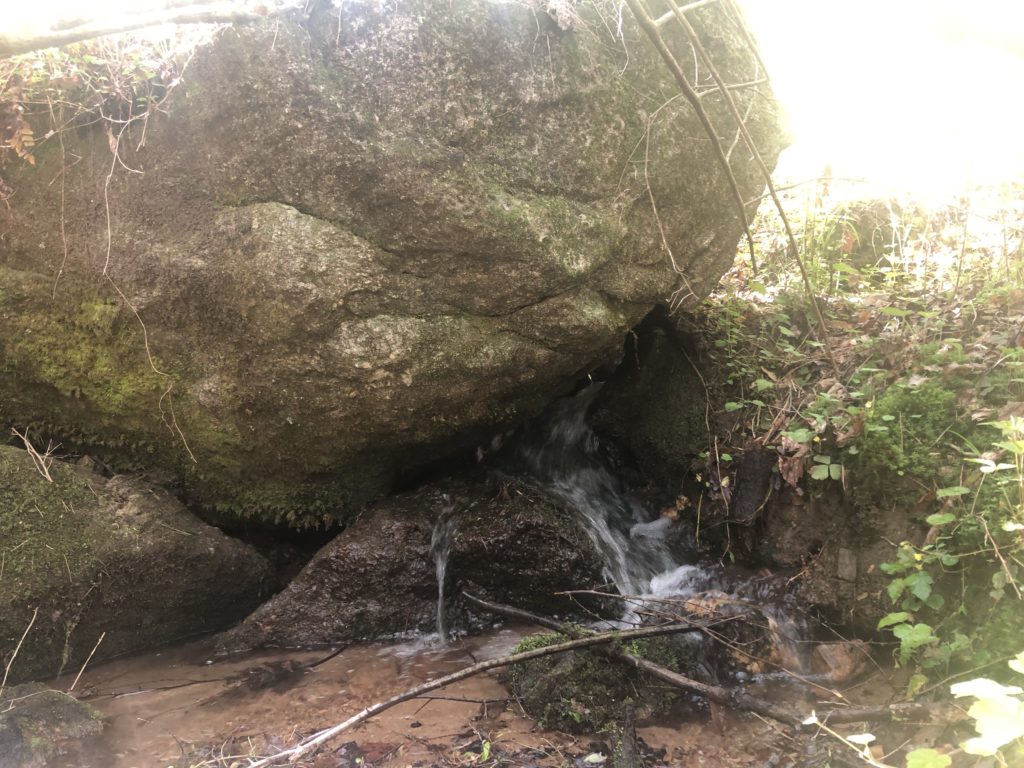
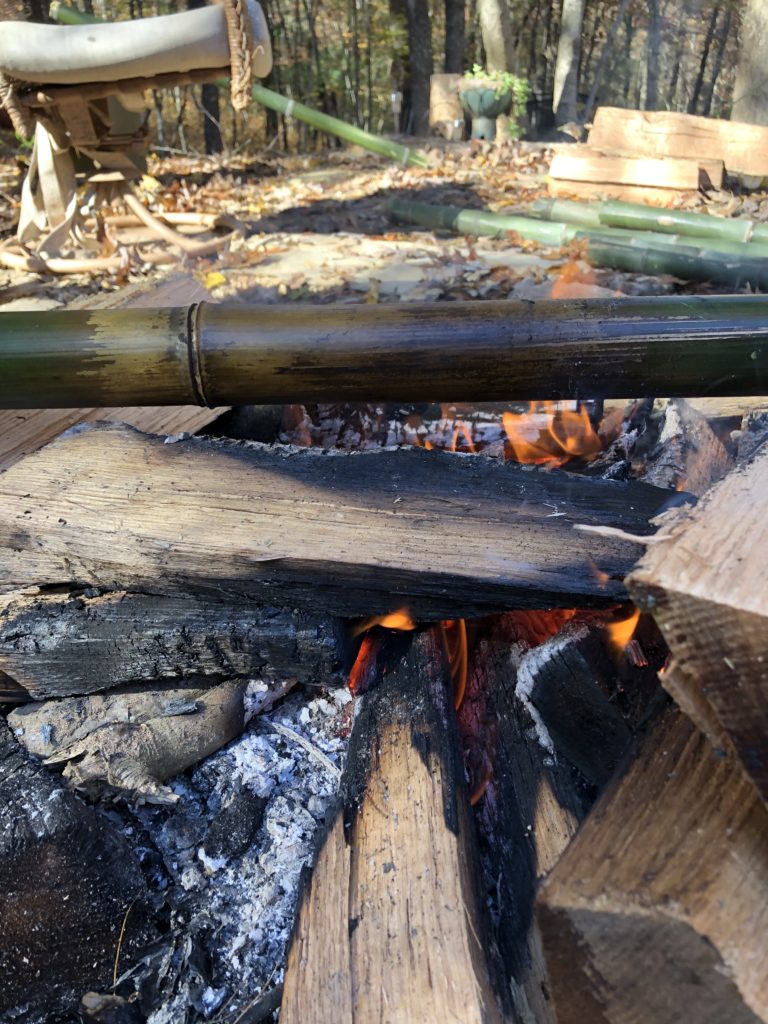
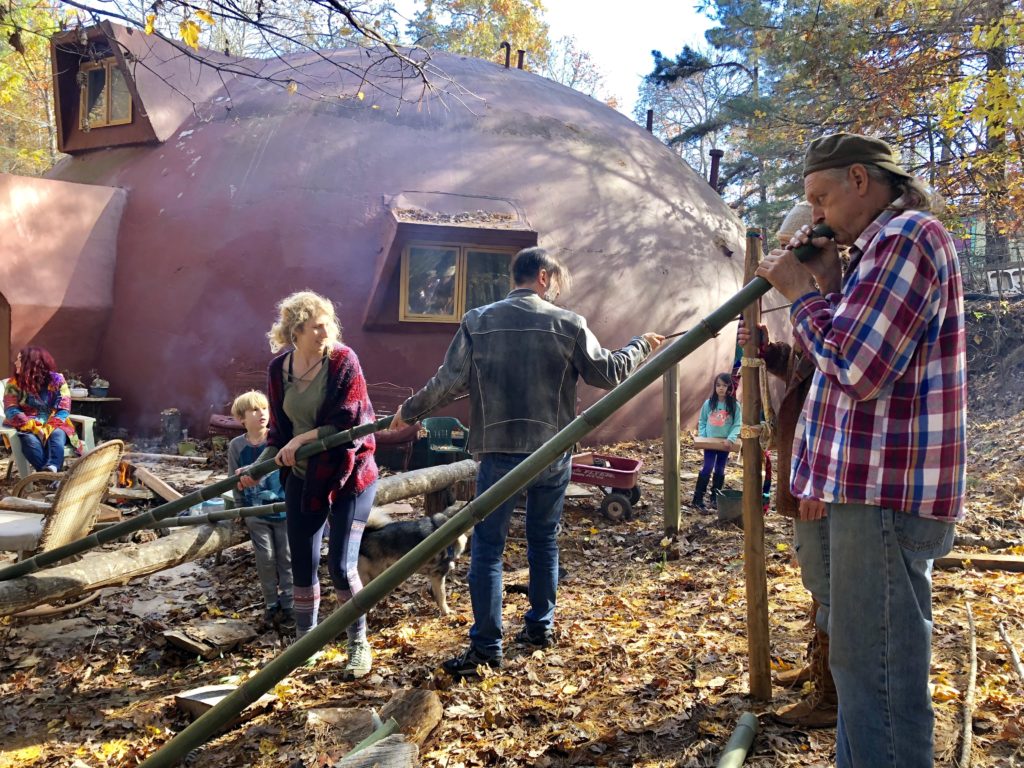
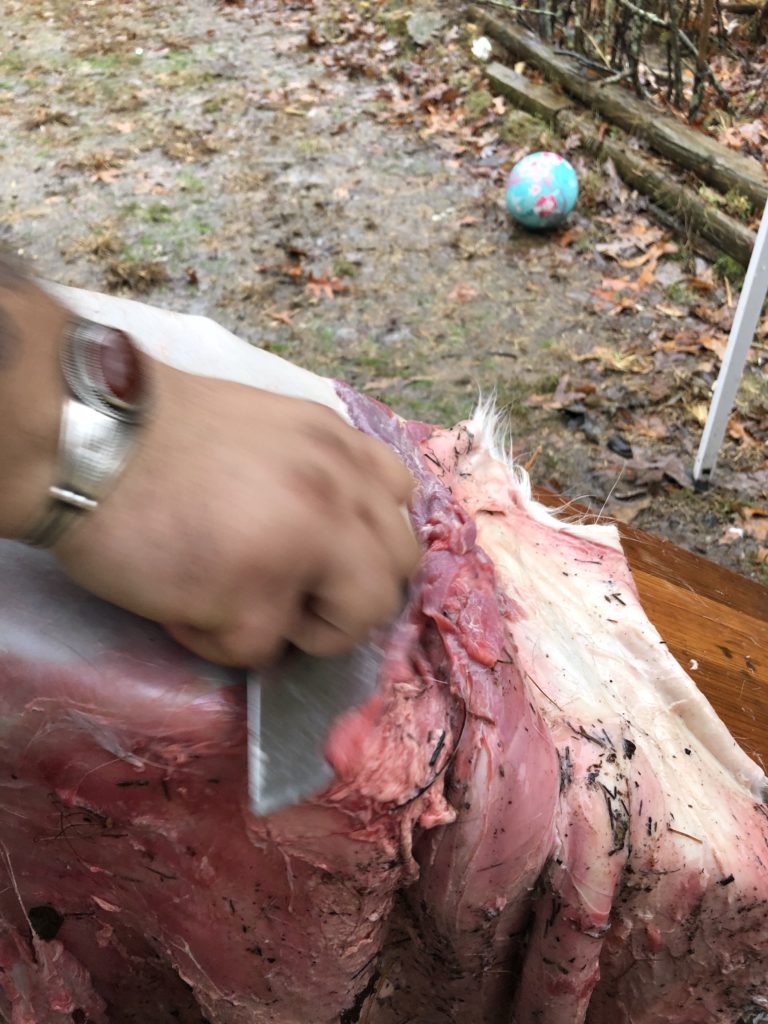
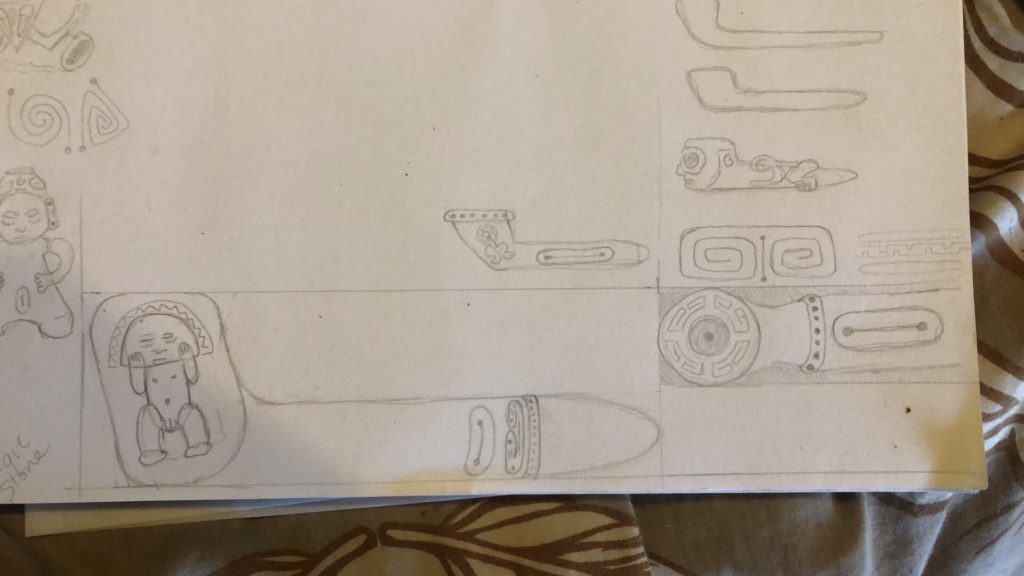
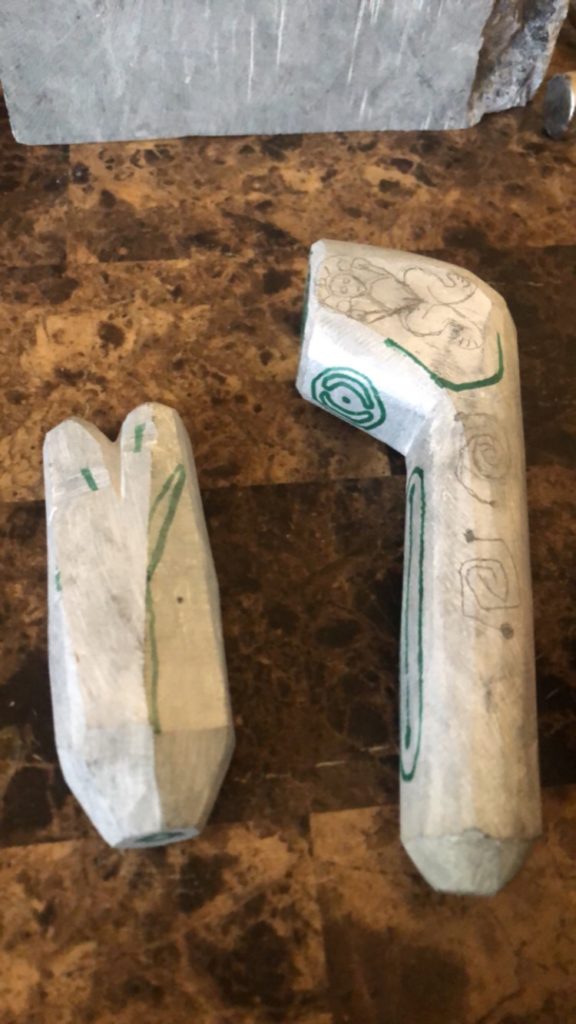
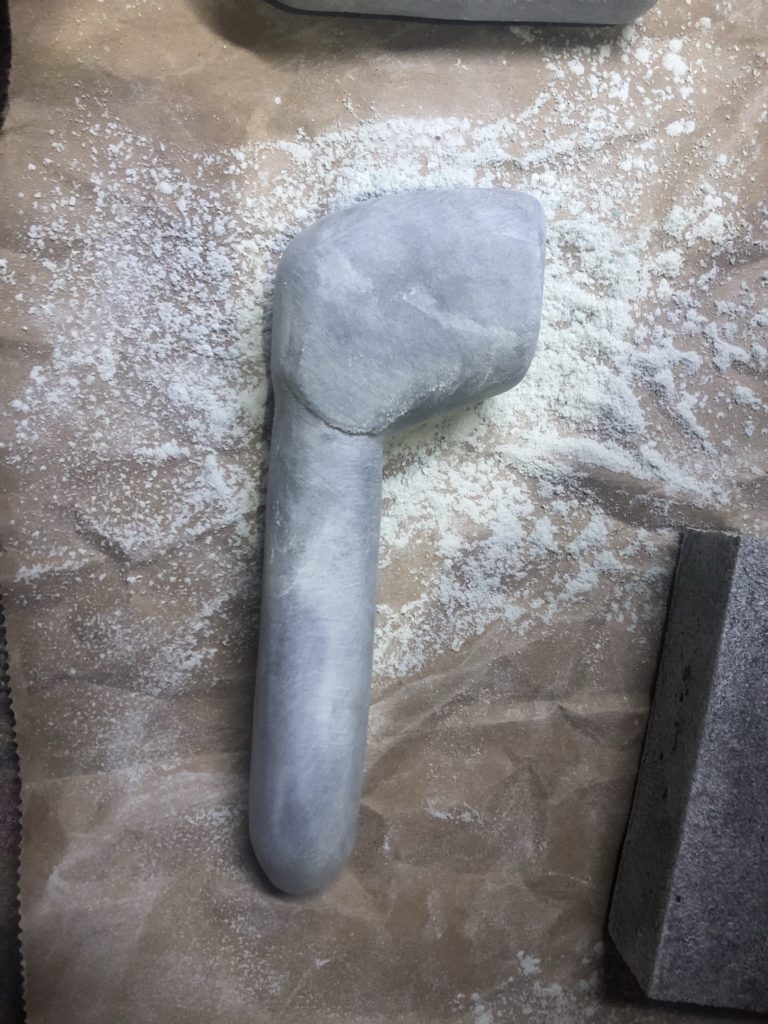
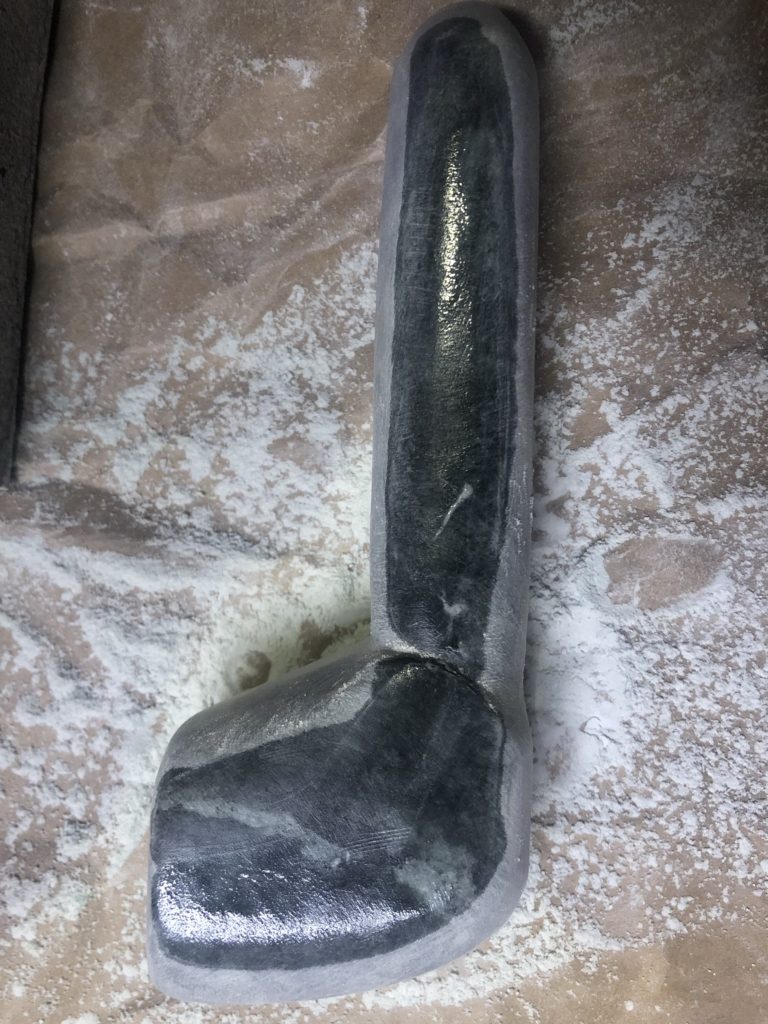
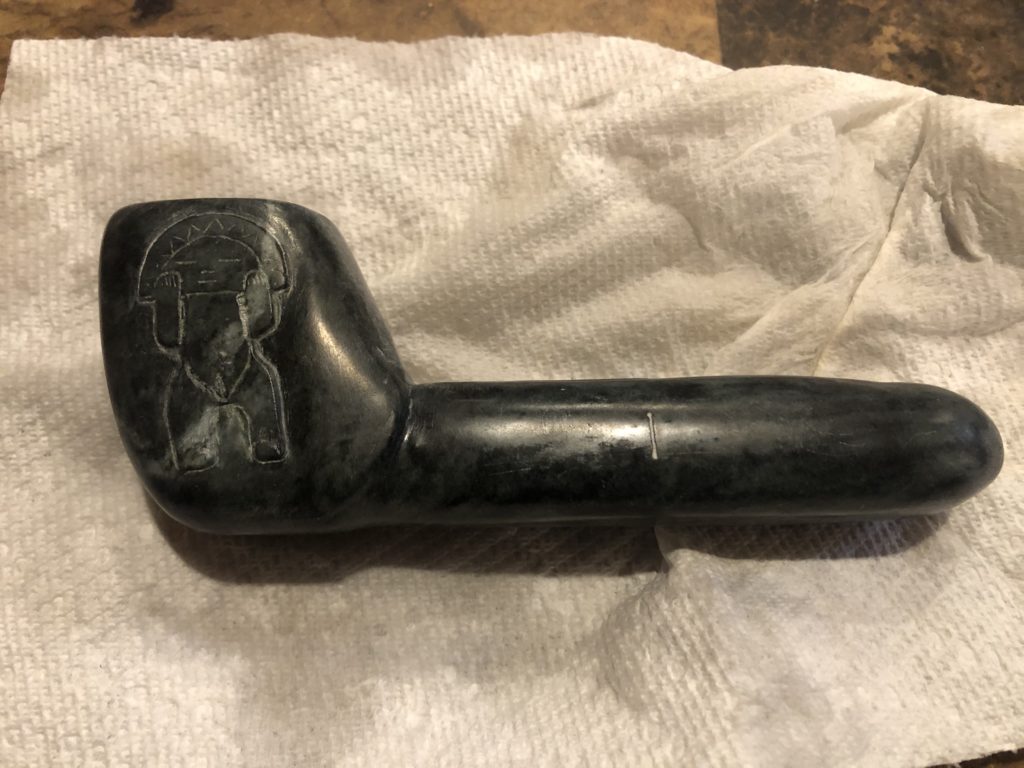
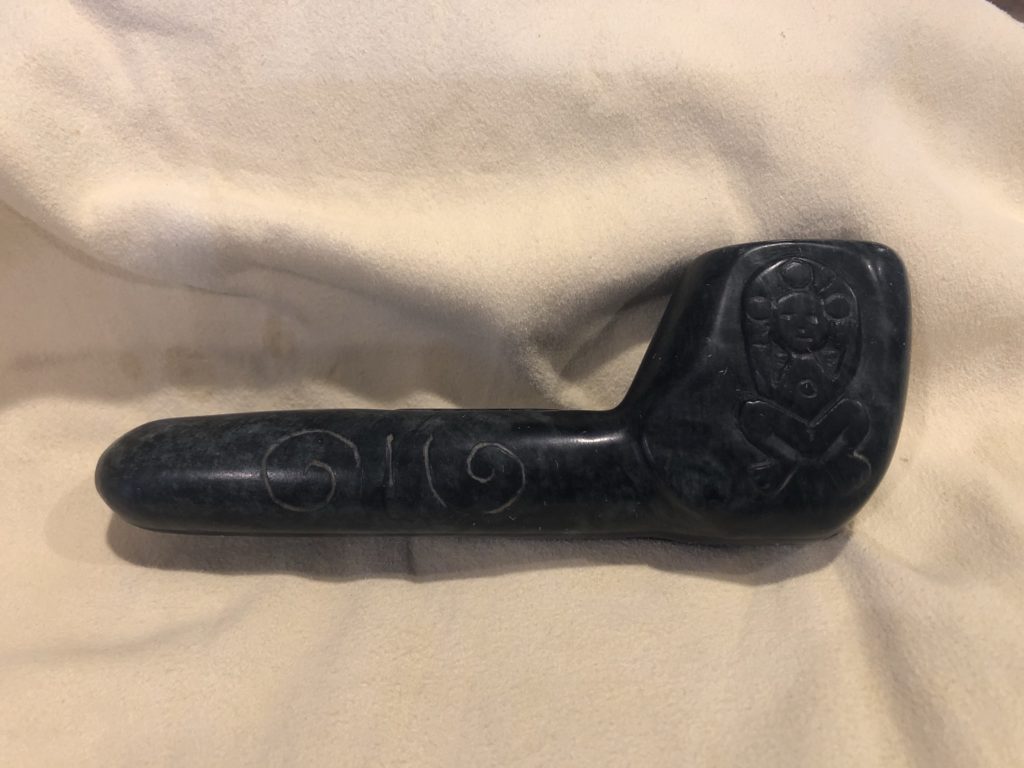
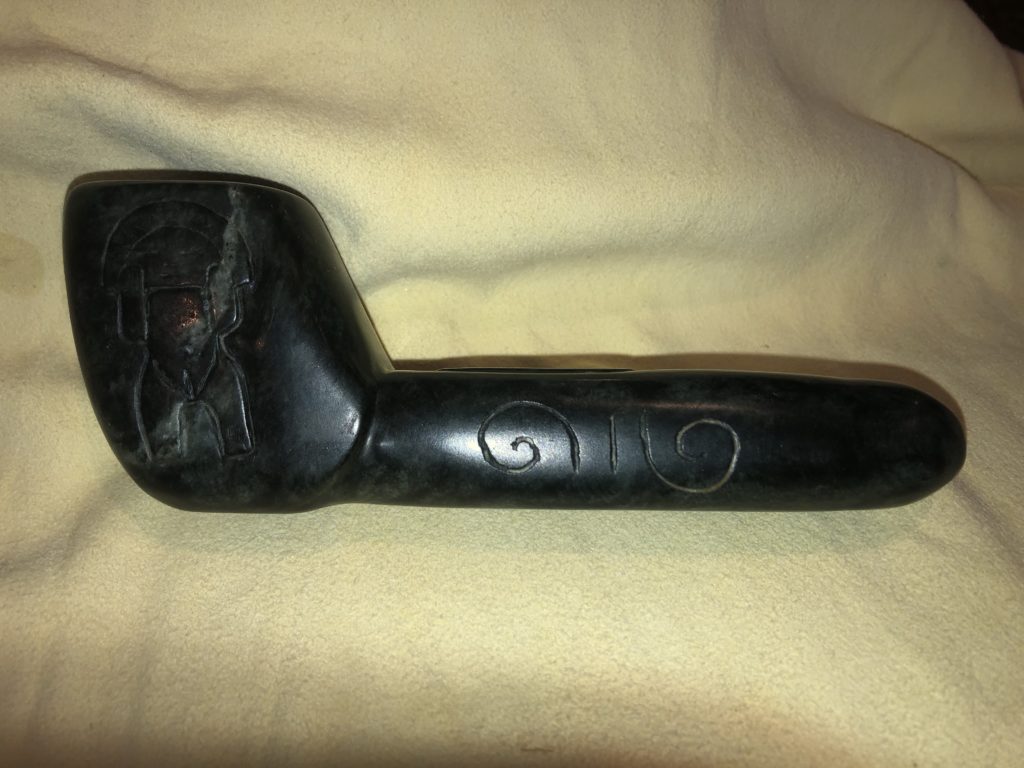
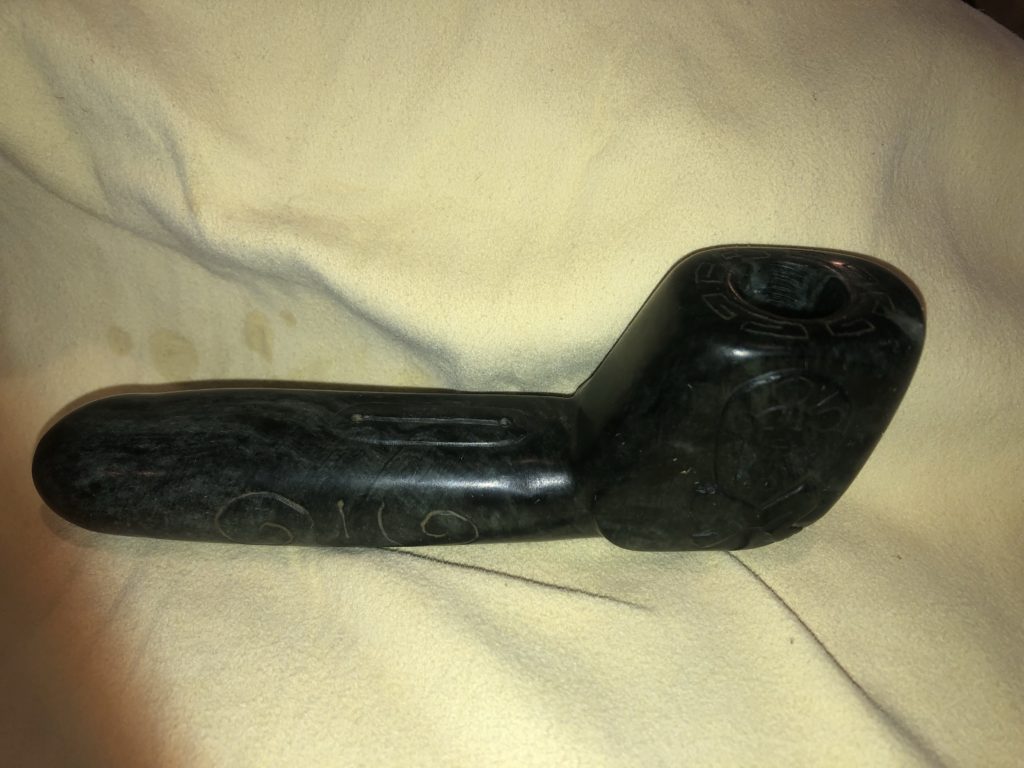
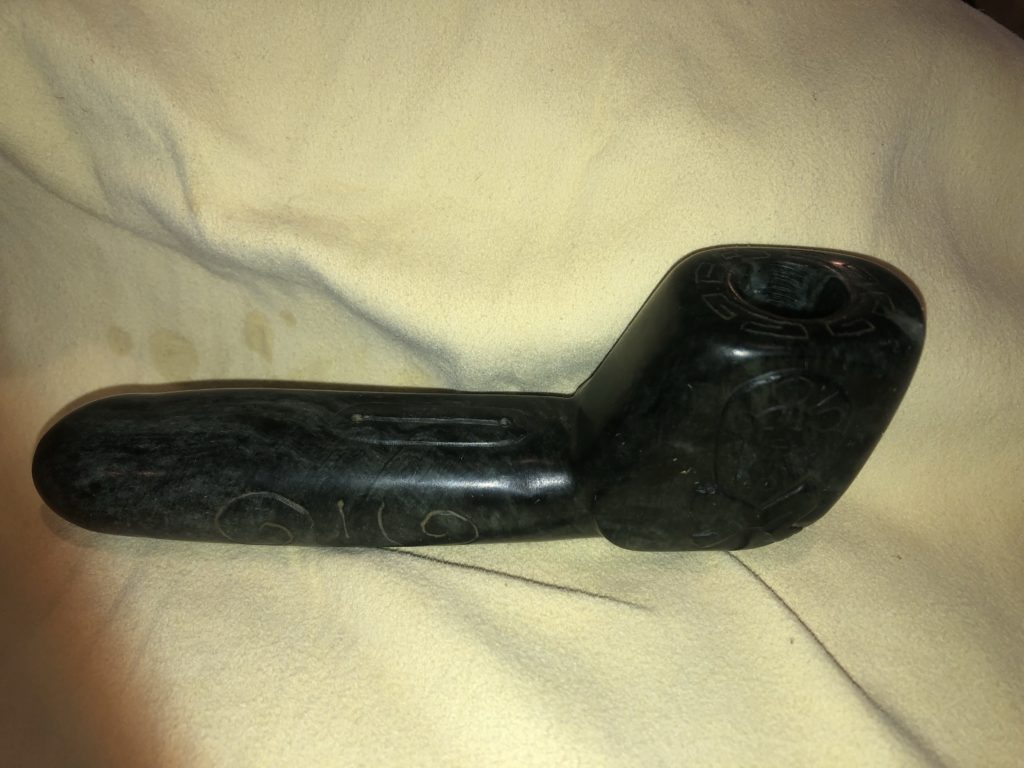
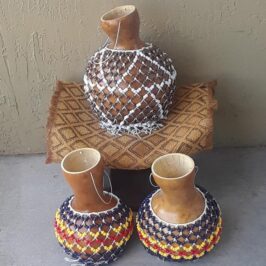
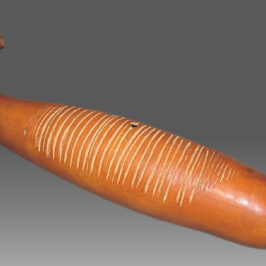
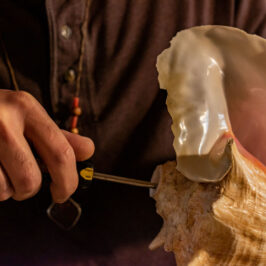
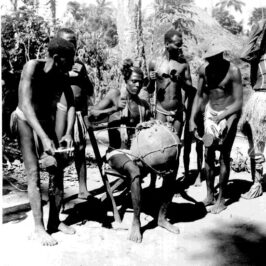

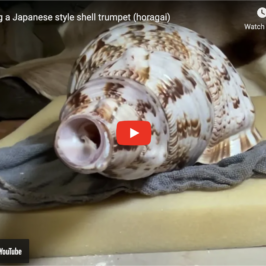
Aumdoc
Appreciating your comments on cultural appropriation the personal creative process. Thanks.
Jonathan J.
Thank You for this Awesome read Rodriguez! I agree with you on your process and everything!! Not appropriating culture not only shows respect for that culture but for yourself! Also a personal relationship with the Universe/Creator/God/Goddess is very important when it comes to spiritual matters. The ancestors will continue to bless your sacred tool making as you have upheld your integrity within and without… Your journey has not been easy but it has all been well worth it!! However, your blessings are only just starting watch how exponentially your territory grows !!! The ancestors has spoken on your behalf and your authenticity and sincerity has granted promotions … Please come back to me and let me know of the manifestations that the Creator brings into your life for the Creator will bring this into your rememberance of what has been said!!
Be Blessed!! ASE
William Rodriguez
Thanks Jonathon! I appreciate your kind and powerful words. Sometimes a little outside validation is a helpful aspect of sharing your perspective with the world.
I honor your view on this, and send my blessings to you as well! Thanks for reading and commenting!